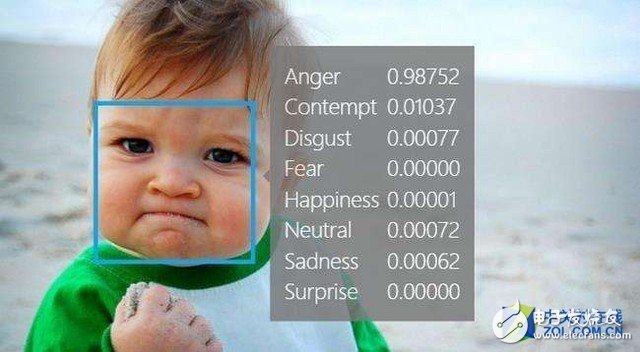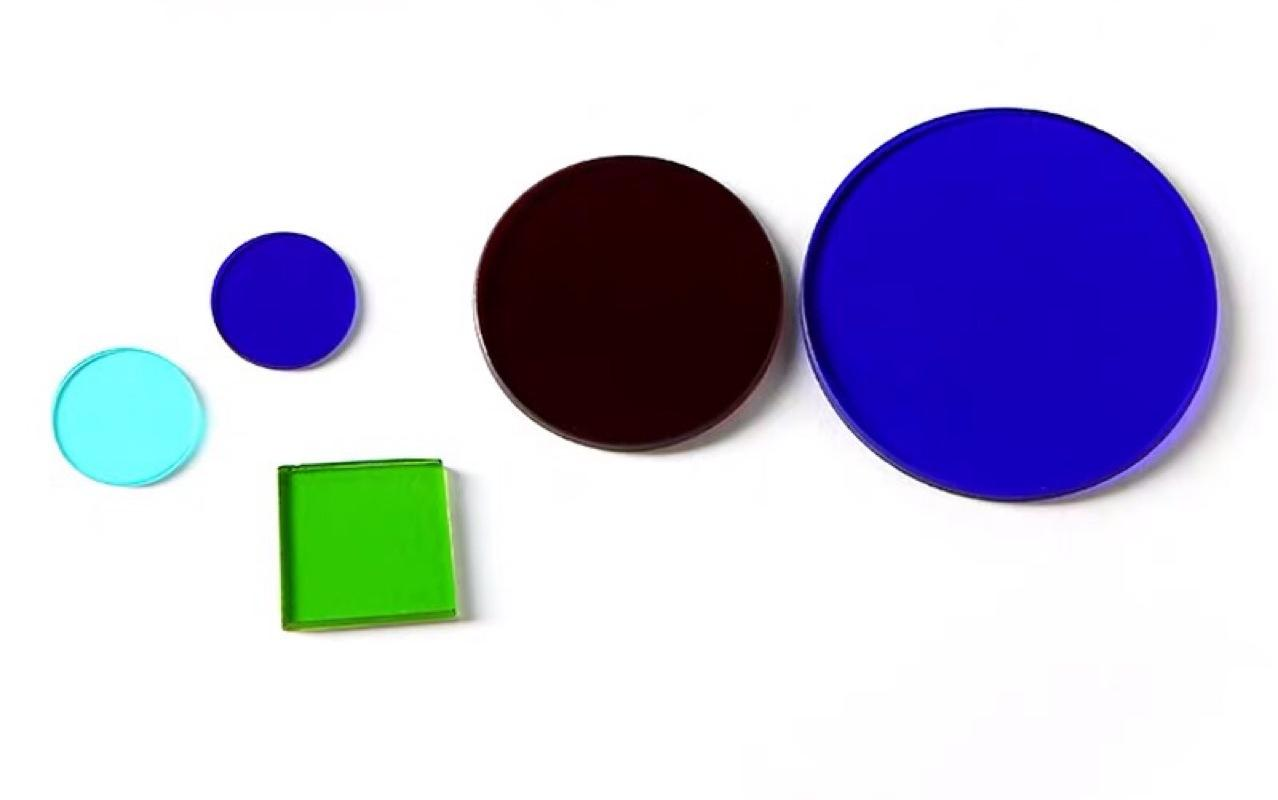In today's passwords, there are more and more forms, not only with traditional digital symbol combination passwords, image passwords, but also with double-ended authentication and biometric verification. Although biometrics is very difficult to copy, there are also unchangeable problems. In order to protect users' biological information, an Israeli company has developed an anti-face recognition technology.

It is reported that Israel's D-ID company is developing this new technology to protect the user's image data from being recognized by facial recognition technology. The working principle of this technology is that the technology can be used to make microscopic changes to the user's facial information. The difference is small enough to be discernible to the human eye, but the photo can not be monitored by the algorithm, but the company is currently operating in stealth mode. There are only demos on the web and there are no examples of related images.
So why bother to anti-face recognition? Obviously, the lack of facial recognition technology has helped improve scanning efficiency. It has been used in various management systems and mobile phone applications. The problem is that personal facial photos are too common, which is easily exploited by humans and faces. Features that cannot be easily changed make this situation even more dangerous. So D-ID decided to create a face data that was identical to people to improve recognition security.
The development of technology is two-sided, and biometric verification is effective. However, once the corresponding security problem breaks out, it will become even more dangerous. Therefore, it is a complete strategy to develop countermeasures in advance.
Long wave pass filters are usually used for wavelength order classification. One side is plated with hard medium long wave pass filter film and the other side is plated with antireflection film, which can cut off sharp light at a specific wavelength, while the other wavelength region has high transmission, so as to achieve the purpose of isolating a wide region of the spectrum
Filter is an optical device used to select the required radiation band. A common feature of filters is that no filter can make the imaging of celestial bodies brighter, because all filters will absorb certain wavelengths, making objects darker.
The filter is made of plastic or glass with special dyes. The red filter can only let the red light pass through, and so on. The transmittance of glass sheet is similar to that of air, and all colored light can pass through, so it is transparent. However, after dyeing with dye, the molecular structure changes, the refractive index also changes, and the passage of some colored light changes. For example, when a white light passes through a blue filter, it emits a blue light, while there are very few green and red light, and most of them are absorbed by the filter.

Long Wave-pass Fliter
Hanzhong Hengpu Photoelectric Technology Co.,Ltd , https://www.hplenses.com